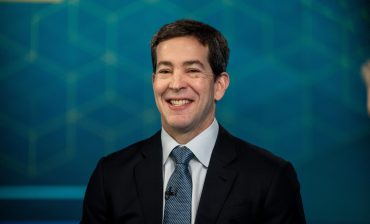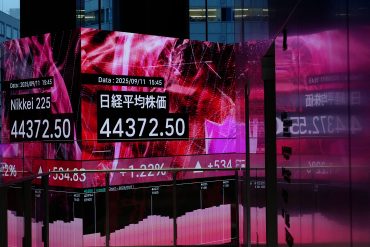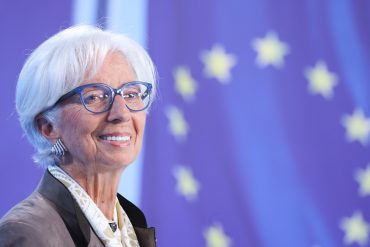

Luxury industry growth normalizes as economic headwinds and shifting consumer preferences reshape premium retail markets worldwide
Three Key Facts
- Global luxury sales projected to decline 2-5% in 2025 as macroeconomic headwinds, softer Chinese demand, and U.S. tariff impacts create challenging market conditions for the sector.
- LVMH trades below fair-value estimate of €620 while Kering faces similar undervaluation, creating potential opportunities for investors as luxury stocks become discounted.
- Luxury market growth normalizing to 4-5% annually after unsustainable expansion that saw 29% growth in 2021 and 21% in 2022, with analysts predicting return to mid-single-digit growth by 2026.
Introduction
Europe’s luxury giants face their most challenging period in years as economic headwinds create volatile investment conditions across the sector. The luxury goods market experiences significant pressure from slowing global growth, tariff implementations, and reduced consumer spending in key markets.
Major luxury companies see their share prices affected by these mounting challenges. The sector’s recent performance reflects broader economic uncertainties that impact both aspirational and high-net-worth consumers.
Key Developments
The luxury sector’s trajectory shows dramatic fluctuations over recent years. The personal luxury goods market plummeted 22% during the pandemic in 2020, then rebounded with extraordinary growth of 29% in 2021.
Growth continued at 21% in 2022 and 10% in 2023, significantly exceeding the historical average annual growth rate of 6%. This rapid expansion created unsustainable market conditions driven primarily by aggressive pricing strategies.
Economic conditions now present substantial headwinds for luxury brands. Global growth expectations show deceleration to 2.9% in 2025 and 2026, while tariffs increase operational costs across the sector.
Market Impact
China’s luxury market experiences particular strain due to housing market challenges and elevated youth unemployment. These factors contribute to reduced consumer spending, directly impacting sales for major companies like LVMH and Kering.
Market performance varies significantly across brands. Hermès demonstrates resilience with 1% sales increase in Asia excluding Japan, while Prada achieves 10% growth in Asia-Pacific markets despite broader regional challenges.
Current valuations suggest potential opportunities for investors. MoneyWeek reports that LVMH trades below its fair-value estimate of €620, while Kering faces similar undervaluation conditions.
Strategic Insights
The disparity between successful and struggling luxury brands continues widening. Hermès benefits from exceptional brand control and supply-demand imbalances, particularly with its Birkin and Kelly bags that command premium pricing.
Luxury brands increasingly diversify manufacturing bases across multiple regions to mitigate supply chain risks. This strategic shift addresses currency volatility and regulatory changes while reducing exposure to market-specific vulnerabilities.
Consumer behavior shows signs of “luxury fatigue” after years of price increases. Brands now reevaluate pricing strategies and focus on reinforcing heritage and exclusivity to justify premium positioning.
The luxury resale market experiences significant growth, prompting brands to integrate resale into business models through buy-back programs and authentication technology investments including blockchain solutions.
Expert Opinions and Data
Flavio Cereda, manager of the luxury brands strategy at GAM Investment Management, describes recent rapid growth as unsustainable. He predicts more stable growth rates of 4-5% would be achievable without external factors like tariffs.
Cereda projects 1% growth this year with a return to mid-single-digit growth by 2026. His analysis suggests the sector’s price and volume dynamics created conditions that could no longer be sustained.
Morningstar identifies undervalued opportunities in brands like Kering, Swatch, and Burberry for long-term investors. However, analysts maintain that organic sales growth remains unlikely to rebound significantly before 2026.
Emerging markets like India present growth opportunities driven by rising middle-class demand for premium products. Experiential luxury shows promise with projected compound annual growth rate of 3.4% from 2024 to 2029.
Conclusion
The luxury sector faces a period of normalization after years of exceptional growth, with brands adapting strategies to navigate economic challenges and changing consumer preferences. Recent valuation corrections reduce downside risk while creating potential opportunities for selective investors.
The integration of sustainable practices and luxury resale markets reshapes the industry’s value proposition, particularly among younger, environmentally conscious consumers who represent future growth potential.








